How does one get the best price for the lowest cost of ownership of flat roofing materials?
The answer isn’t obvious. I’ll explain beginning with a non-roofing example and then moving on to a real-life example using flat roofing materials.
Non-Roofing Example
Imagine that you own a fleet of trucks for your business, and you need to get tires on them. You find three tire models that meet your specifications.
Here are their initial purchase prices.
| Set | Initial Purchase Price |
| Set 1 | $1000 |
| Set 2 | $900 |
| Set 3 | $800 |
Trick Question: Which of these tires is the lowest cost option?
Since I’ve alerted you that this is a trick question, you don’t want to say, “Set 3!”. The trick is to look at the total cost of ownership over time.
When we only look at the initial purchase price, it assumes all other relevant variables impacting the total cost of ownership in the purchasing decision are the same. (In economic terms they call this assumption “ceteras para bus” or “all else equal”.) The problem is that “all else” is rarely equal in real life.
Below I will fill in some missing relevant information.
The Ratio Reflects the Real Story
If all three sets have the same expected life, we can focus on the initial purchase price alone. But in this example, each set has a different life expectancy. We need to use a ratio to determine the true cost of ownership, the cost per expected mile of use.
For simplicity’s sake, let’s drop the last three zeros on the mileage.
Now it should be coming into focus. The higher price of Set 1 actually delivers the lowest cost because the cost to expected life ratio is lowest. If we assume the usable life of the trucks is 300,000 miles, we can determine the total cost in tires for the life of the vehicle.
| Tires | Initial Cost | Life Expectancy | Ratio | Total Cost |
| Set 1 | $1000 | 75 miles | 14 | $4,000 |
| Set 2 | $900 | 60 miles | 15 | $4,500 |
| Set 3 | $800 | 50 miles | 16 | $4,800 |
Over the lifetime of the truck therefore, you would expect to save 20% on tires by selecting Set 1 over Set 3. I’m using tires as an example because the pricing and warrantied tread life are easily ascertained.
This concept can be applied to many purchased items that degrade in quality or performance over time, for example:
- men’s suits (cost per wear),
- custom boots / shoes (again cost per wear),
- aluminum siding, and
- driveway sealer.
I’m sure you can think of your own.
But I’m a roofer, I don’t sell tires, so how does all this apply to finding the best price and lowest cost of ownership for your flat roof materials?
Real-Life Flat Roofing Example
Now let’s look at a real-life flat roofing materials example.
Let’s look at four options. Here, we have to assume that all other components and the scope of work are the same. The only variable is the single-ply membrane material used.
Traditionally, Duro-Last has sold at about a 10% premium over TPO roof systems. But with the supply chain issues in 2022, we have had to price out different options for our customers. Additionally, there are price differences between the TPOs that aren’t reflected here, (again due to supply chain issues]:
| Roofing Material | Installed Cost * |
| 50-mil Duro-Last PVC | $55,000 |
| 60-mil GAF EverGuard TPO Membrane | $50,000 |
| 60-mil Firestone Ultra Ply TPO | $50,000 |
| 60-mil Carlisle Sure-Weld TPO | $50,000 |
*Disclaimer: The pricing here is for illustrative purposes only.
Duro-Last appears to be the most expensive, right? And it’s even the thinnest at 50 mils vs. 60 mils for the TPO systems. So, why should you even consider it for your flat roof?
Well, there’s a missing piece of information. Roof membranes, like tire membranes, wear out over time. Roof membranes wear at about 1 mil (that’s 1/1000th of an inch) per year. So, your flat roof is slowly getting thinner and wearing due to UV light, rain, snow, wind, etc. Each of these membranes has a polyester mesh scrim for reinforcement – so it essentially has a top layer and a bottom layer.
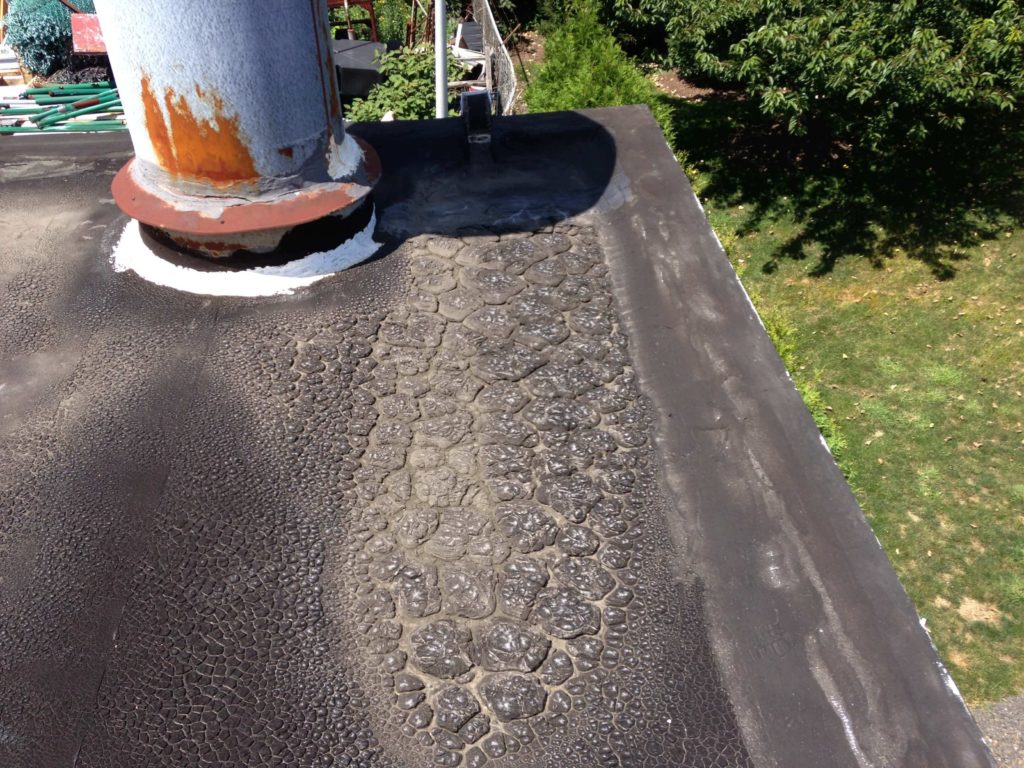
Surface “Alligatoring” Shows Uneven Wear and Tear on Roof Membrane
The top layer is where the money is because it is exposed to weather and needs to be robust. Some manufacturers (I’m not referring to anyone in the example) cheapen the bottom layer with inexpensive fillers to keep the price low.
Duro-Last uses the same formula for the top and bottom layers.
More thickness in the top layer is better, right? The top layer is the most important because it wears at a rate of 1 mil per year.
Now, let’s consider another ratio, only this time we’ll look at the price per mil of top layer material. We’ll still drop off the last three zeros on the price for simplicity.
| Roofing Material | Installed Cost | Top Layer | Ratio |
| 50-mil Duro-Last PVC | $55 | 28 mils | 1.96 |
| 60-mil GAF EverGuard TPO Membrane | $50 | 22 mils | 2.27 |
| 60-mil Firestone Ultra Ply TPO | $50 | 21 mils | 2.38 |
| 60-mil Carlisle Sure-Weld TPO | $50 | 24 mils | 2.08 |
Duro-Last is actually the lowest cost for mils above the scrim, as it has the lowest ratio. More membrane above the scrim makes the roof perform better and last longer.
For some of the roofing materials listed, after 20 years there will hardly be anything left protecting the scrim or your building.
If the scrim is showing through, the roof should not get a roof coating. According to best practices, it would not be a suitable substrate. Duro-Last, on the other hand, makes a great coatings candidate as it has good thickness above the scrim, is heat-welded, and is generally mechanically fastened.
Conclusion
The application of quality roof coatings and appropriate substrates can save building owners a great deal of money over the lifespan of their roof. Read The Elusive 100-Year-Old Flat Roof to learn more.
I hope the insights presented here factor into your next flat roof project.
If you’re not sure how to apply these principles to your own flat roofing project or have any other questions, please feel free to call (610) 881-6155 to speak with a Flat Roof Solutions expert. Take the guesswork out of the analysis!

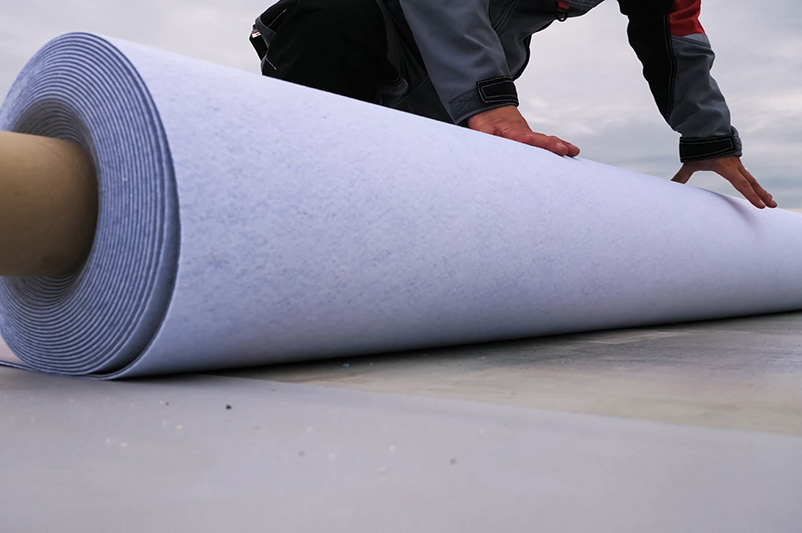
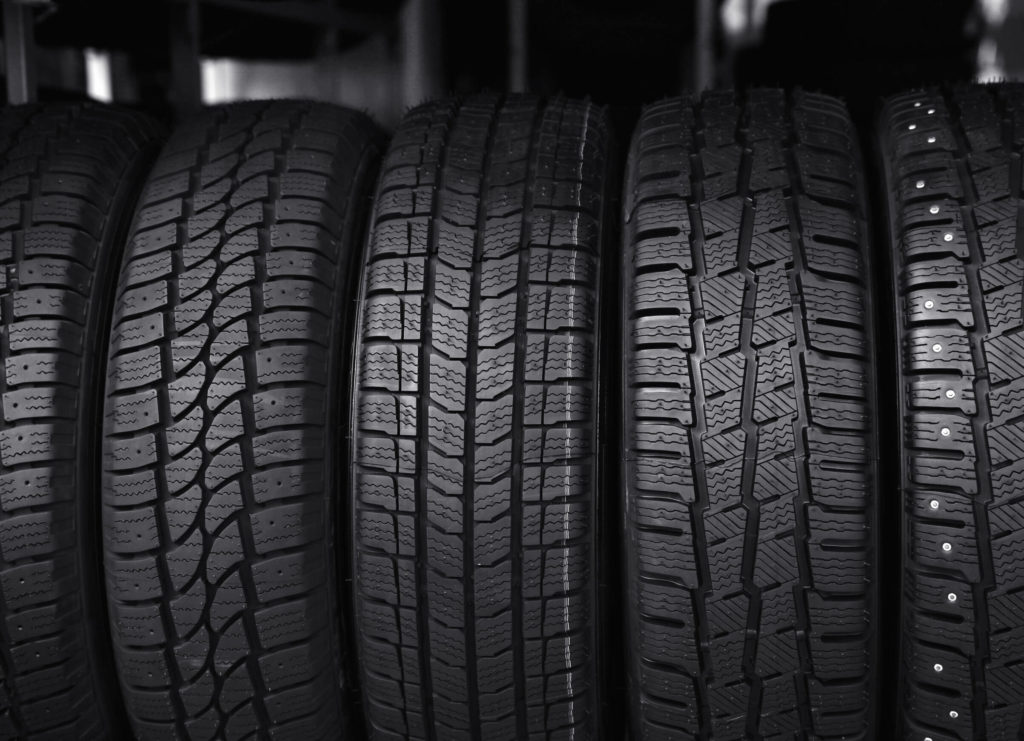


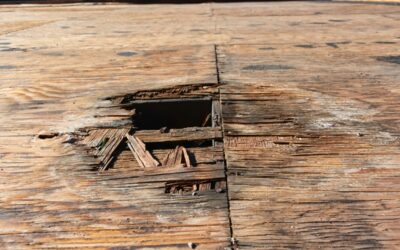
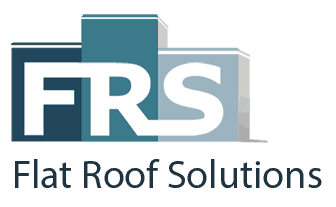
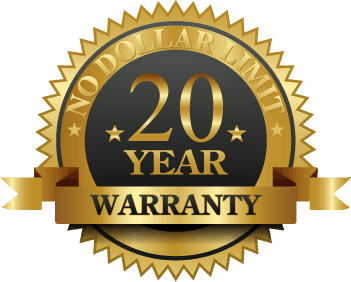

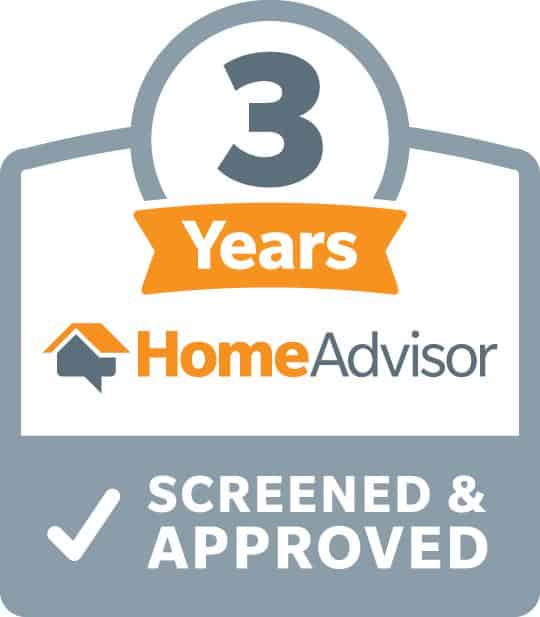
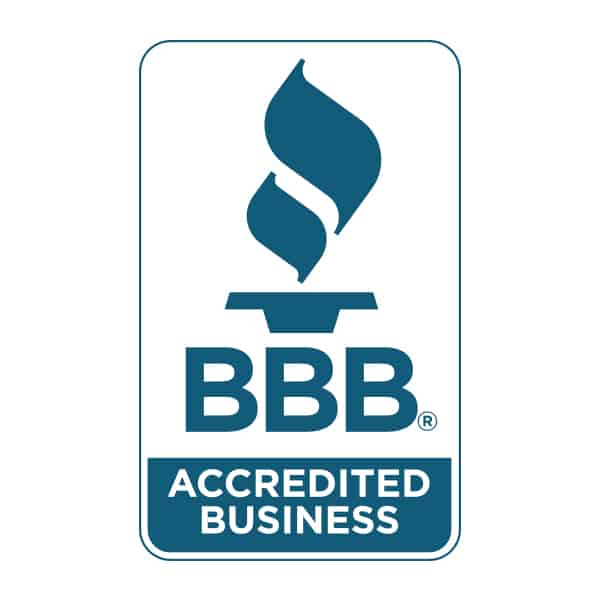

Add your first comment to this post